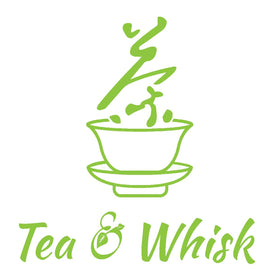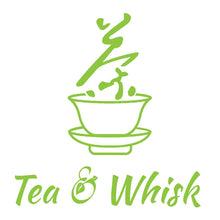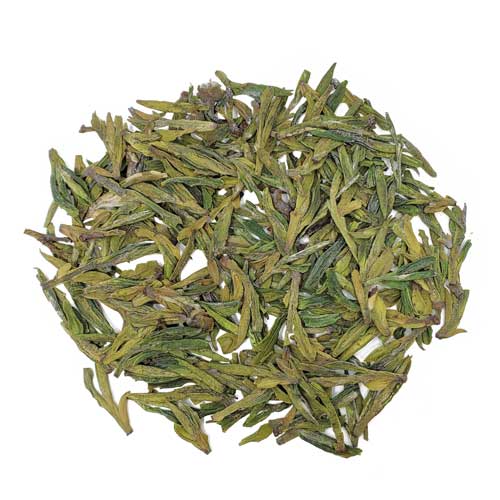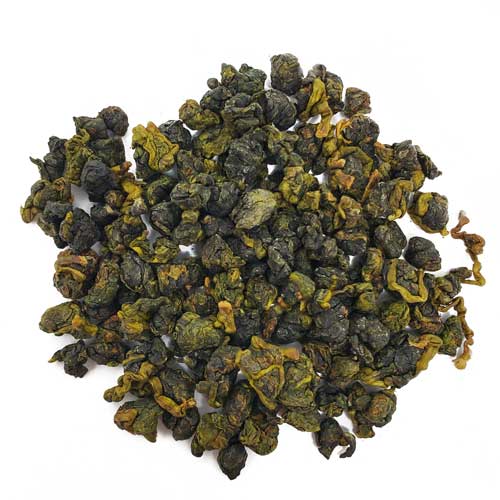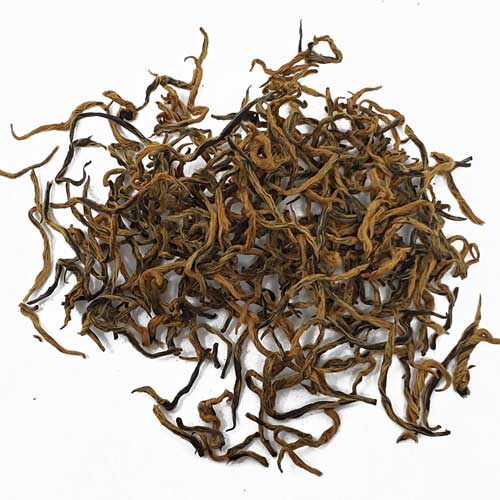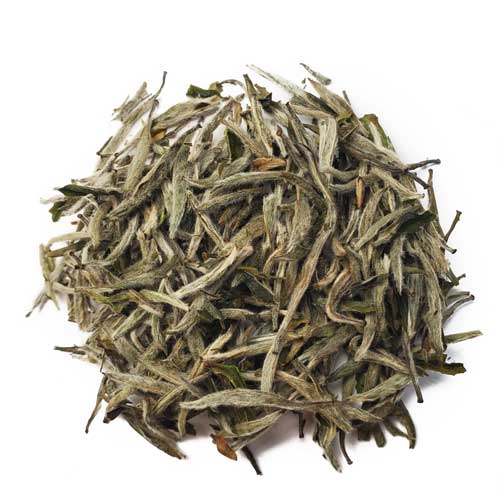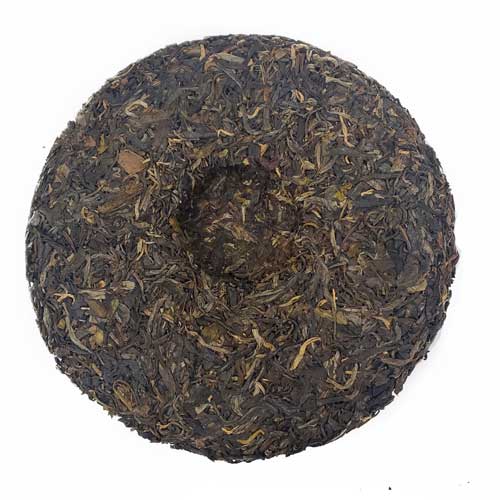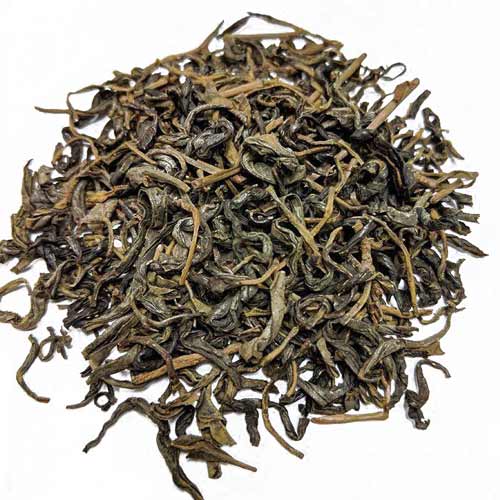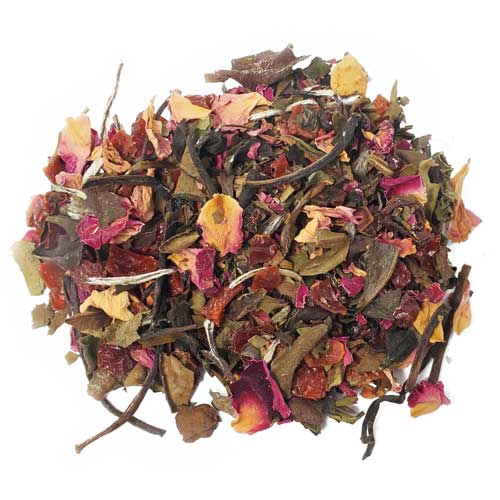Tea Terminology
Cha Hai (茶海): Reiteration An alternative term for Tea Pitcher/Fairness Cup, reinforces its central role in the Chinese tea serving process for equalizing the tea flavor among all cups served from a single brew.
Cha He (茶荷): A traditional Chinese utensil known as the "tea presentation plate." When measuring the tea leaves for your gongfu tea, you can place them in this Cha He. It is also used to display the tea leaves before they are brewed, allowing guests to appreciate the tea leaves and the aroma. It's also a convenient way to weigh the tea leaves. Cha He is also a practical tool for transferring leaves into the brewing vessel.
Chasen (茶筅): The bamboo whisk used in Japanese tea ceremonies to mix matcha powder with water and achieve the desired frothy consistency.
Chawan (茶碗): A wide and deep tea bowl often used in Japanese tea ceremonies for making and drinking matcha.
Dan Cong (单枞): Dan Cong tea leaves come from a specific type of single trunk tea tree. The name "Dan Cong" translates to "single bush," referring to the tradition of each tree being harvested individually rather than blending different bushes together.
Kyusu (急須): A traditional Japanese teapot, particularly suited for brewing finer tea leaves. Distinguished by its side handle, which allows for easy pouring, the Kyusu is often made of clay and comes in various sizes. Kyusu usually comes in finer holes strainer which helps in keeping tea leaves from entering the cup, making it ideal for Japanese loose-leaf teas.
Gaiwan (盖碗): A small lidded bowl used for brewing tea, commonly used in Chinese tea culture, especially in Gongfu Cha style. Gai (盖) means lid; wan (碗) means bowl. Usually the size is around 80ml to 150ml. Many gaiwans come with a saucer, but some may not. You can use the lid to drink the tea directly or pour the tea into another vessel. It is also common to use the lid to smell the aroma of the tea after you steep the tea.
Gongfu Cha (工夫茶): A traditional Chinese tea brewing technique that involves steeping tea with skill and attention to detail.
Grandpa Style: Brewing tea grandpa style involves putting loose tea leaves in a cup, adding hot water, and leaving the leaves in as you top up with more hot water while drinking. The tea quality needs to be excellent to avoid bitterness and astringency. Use a lower ratio of tea leaves to water, around 0.5g for 4oz (varies by tea type). It's a simple and casual way of making tea, reminiscent of how some grandparents brew theirs.
Houbin (宝品): The Houhin (or Houbin) is a Japanese teapot that does not have a handle. It is specifically designed to held in cupped hands, which allows the user to feel the warmth of the tea, enhancing the tea drinking experience. This type of teapot is typically used for brewing lower temperature green teas like gyokuro or high-grade sencha. Its handle-less design and small size make it ideal for brewing expensive, high-quality teas, as it minimizes waste.
Rinse (洗茶): An essential step in the Gongfu tea ceremony involves a quick wash of the tea leaves with hot water before the first infusion. This step is often done to remove any dust or impurities from the tea leaves, as well as to awaken the leaves and prepare them for brewing.
Single Cultivar: There are two main tea varieties: Camellia sinensis and Camellia assamica. Under these two varieties, there are approximately 1500 different cultivars. This number continues to grow as new cultivars are developed. A single cultivar simply implies that the tea is not a blend of multiple different cultivars.
Tea Pet (茶宠): Miniature figurines, known as "cha chong," are often made from clay to serve as delightful tea companions. When rinsing tea to remove impurities, instead of discarding it, consider offering a portion to your miniature tea pet. The clay material can absorb the tea's aroma, some may even change color or shoot water, adding a whimsical touch to your gongfu tea ceremony.
Tea Pitcher/Fairness Cup (公道杯): A vessel used in traditional Chinese tea ceremonies to ensure the even distribution of the tea's strength and flavor before serving to guests. After brewing, tea is poured into this container from the teapot or gaiwan, and then it is served into individual cups, promoting fairness and consistency in each serving.
Pu-erh (普洱): Pu-erh is a distinctive type of fermented tea that originates from Yunnan Province in China. It is known for its rich, earthy flavor and the ability to age well, developing a more complex character over time. Pu-erh comes in two main types: Sheng (raw) which ages naturally and becomes smoother with time, and Shou (ripe) which undergoes an accelerated fermentation process to achieve a mature taste much faster. Traditionally, Pu-erh is compressed into cakes, bricks, or tuos, making it easy to store and transport.
Yixing (宜兴): Yixing is a city in the Jiangsu province of China, renowned for its centuries-old tradition of crafting the finest clay teapots in the world. The city's name has become synonymous with the pottery itself, celebrated for its unique ability to absorb tea flavors, enhancing the taste of tea brewed over time.
